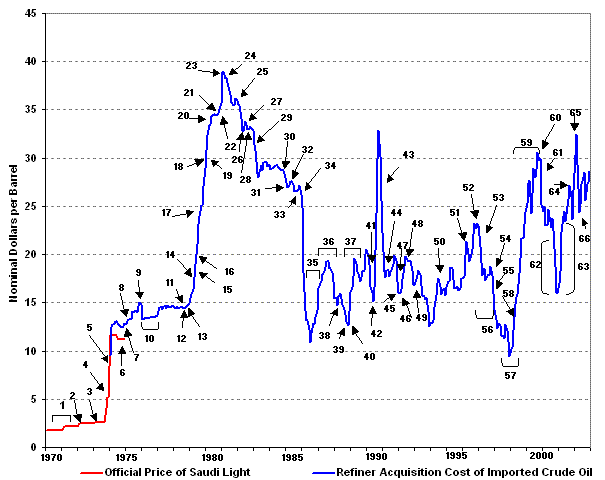Organizational Objectives
For the vast majority of business entities, the ultimate objective should be to increase profits. Pricing strategies for products or services encompass three main ways to achieve this. A business can cut its costs, it can sell more, or it can find more profit with a better pricing strategy.
When costs are already at their lowest and sales are hard to find, adopting a better pricing strategy is a key option to stay viable. Merely raising prices is not always the answer, especially in a poor economy. Too many businesses have been lost because they priced themselves out of the marketplace. On the other hand, too many business and sales staff leave "money on the table. " The objective is to adopt a pricing strategy and manage costs such that profit will be maximized.
One strategy does not fit all, so adopting a pricing strategy is a learning curve when studying the needs and behaviors of customers and clients.
Laws Of Price Sensitivity
A pivotal factor in determining a price is how consumers will perceive it. In their book,The Strategy and Tactics of Pricing, Thomas Nagle and Reed Holden outline nine "laws" that influence how a consumer perceives a given price and how price-sensitive they are likely to be with respect to different purchase decisions. They are:
- Reference price effect – The buyer's price sensitivity for a given product increases the higher the product's price relative to perceived alternatives. Perceived alternatives can vary by buyer segment, by occasion, and other factors.
- Difficult comparison effect – Buyers are less sensitive to the price of a known or more reputable product when they have difficulty comparing it to potential alternatives.
- Switching costs effect – The higher the product-specific investment a buyer must make to switch suppliers, the less price sensitive that buyer is when choosing between alternatives.
- Price-quality effect – Buyers are less sensitive to price the more that higher prices signal higher quality. Products for which this effect is particularly relevant include: image products, exclusive products, and products with minimal cues for quality.
- Expenditure effect – Buyers are more price sensitive when the expense accounts for a large percentage of buyers' available income or budget.
- End-benefit effect – This effect refers to the relationship a given purchase has to a larger overall benefit and is divided into two parts. Derived demand: The more sensitive buyers are to the price of the end benefit, the more sensitive they will be to the prices of those products that contribute to that benefit. Price proportion cost: The price proportion cost refers to the percent of the total cost of the end benefit accounted for by a given component that helps to produce the end benefit, such as with computers. The smaller the given component's share of the total cost of the end benefit, the less sensitive buyers will be to the component's price.
- Shared-cost effect – The smaller the portion of the purchase price buyers must pay for themselves, the less price sensitive they will be.
- Fairness effect – Buyers are more sensitive to the price of a product when the price is outside the range they perceive as "fair" or "reasonable" given the purchase context.
- The framing effect – Buyers are more price sensitive when they perceive the price as a loss rather than a forgone gain, and they have greater price sensitivity when the price is paid separately rather than as part of a bundle.

Oil Price Sensitivity
This graph depicts the price fluctuation of oil once consumers began having significant access to information regarding the commodity.